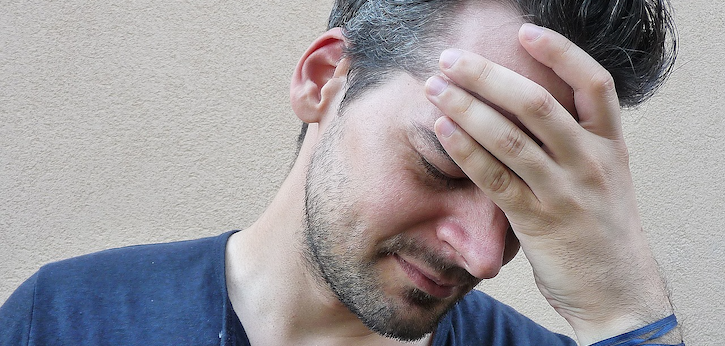Migraine mHealth App Shows Decreased Symptoms, Adherence Questions
Although adherence declined over the 90-day study, patients who used the app saw a reduction in headache days per month.

Patients with severe migraine who used a relaxation-based mobile health (mHealth) app twice a week had four fewer headache days per month, according to the findings of a study published in the journal Nature Digital Medicine.
Participants used the mHealth app, RELAXaHEAD, to learn and practice progressive muscle relaxation techniques (PMR). Patients who used it less than twice a week had a reduction of two headache days per month. Those who participated more than twice a week had a greater reduction in headache days following the first month.
Researchers found that patients engaged with the app for an average of 22 days. Patients used the app for an average of 11 minutes per day. But as the study period went on, adherence to the app declined.
“There seems to be a dose-response relationship that the more you engage, the greater benefit you see,” Mia Minen, M.D., MPH, senior study investigator and chief of headache research at NYU Langone Health, told Inside Digital Health™.
Minen said patients with anxiety were more likely to use the app, while those with depression were less likely.
The researchers had three main purposes:
- To examine if a smartphone-based, electronically delivered nonpharmacologic intervention, specifically PMR, using RELAXaHEAD, was feasible and acceptable for the self-management of migraine
- To explore if smartphone-based PMR is effective in reducing headache days
- To examine predictors of app and PMR use to aid in future headache-related mHealth studies
What separates RELAXaHEAD from other technologies for migraine? Headache specialists and patients who suffer migraine developed the app.
The research team enrolled 51 patients — a majority (94%) were women — from NYU Langone Health. More than 60% of participants had severe migraine disability at baseline. On average, participants had 13 headache days per month, ranging between four4 and 31. Nearly 40% of the participants also reported having anxiety, while 30% had depression.
The research team asked participants to use the mHealth app for 90 days and to keep a daily record of the frequency and severity of their headaches. The app logged how long and often patients listened to the PMR audio files.
While all of the participants tracked their headaches in the first week, usage declined to 32 participants in week six and 25 in week 12. In the first week, 43 participants used PMR techniques, while 26 used it in the second week and 15 used it in week 12.
Although adherence to the program declined throughout the study, Minen said the goal is not for patients to use the app for PMR long term. Rather, researchers hope they learn the technique and implement it when they please.
“I think apps and mHealth tools in general, if designed correctly, can help provide evidence-based therapies in a more scalable and accessible form,” she said.
Study authors cited limitations to the research, including that it was a single-arm feasibility study not powered to examine the efficacy of the app. The researchers could not ensure that participants fully engaged with the app and did not control for medication changes during the study period.
Still, Minen said that while this might not be the perfect treatment for every patient, it can be widely applicable and cost-effective.
According to the World Health Organization, more than 36 million patients in the U.S. suffer from migraine. Patients are prescribed medications and behavioral therapy to decrease the effects, but many do not pursue therapy because of the inconvenience and expense.
Rethinking treatment for migraine is necessary because current practices don’t work for all lifestyles, Minen said.
Get the best insights in digital health directly to your inbox.
Related
Apple Introduces mHealth App for Women to Track Menstrual Cycles, Fertility
Asthma Tracker mHealth App Reduces Children's Hospital Admissions by 60%
mHealth App Could Reduce Back Pain Intensity More than Traditional Physiotherapy
Podcast: Adoption of Healthcare Tech in the Age of COVID-19 with Dr Kaveh Safavi
June 22nd 2021Kaveh Safavi, MD, JD, global health lead of Accenture Health, discusses how the pandemic influenced the speed at which healthcare organizations adopted new technologies and how this adoption is impacting patient care.